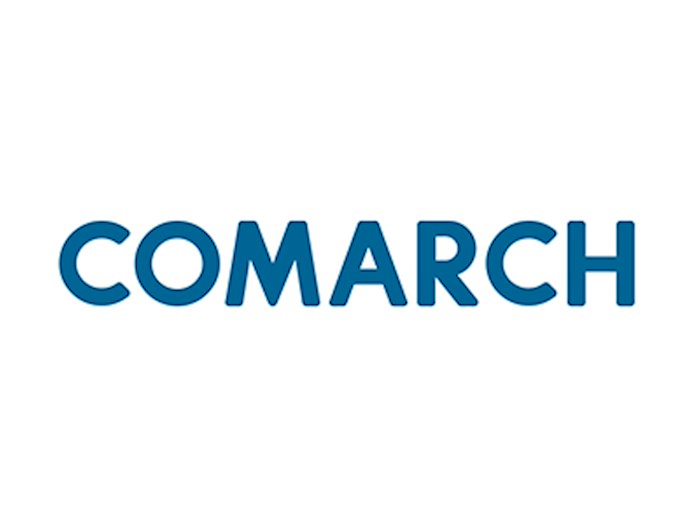
On June 28, 2023, the European Parliament and the Council of the European Union (EU) reached a political agreement on the Data Act. The Data Act applies to data generated by digitalization with networked devices. This includes all connected smart objects, machines and devices. For data generated via IoT devices, the legal situation was previously unclear, particularly with regard to the rights of users of IoT devices. In addition, access to such data was previously sometimes restricted by the manufacturers of the devices.
Data Act – importance for SMEs
Small and medium-sized enterprises (SMEs) should have a better chance of competing and developing innovations with the help of the data and transferability rights they generate themselves via IoT devices. SMEs will be protected from abusive contractual clauses that a larger contractual partner with an exposed market position could previously impose on them. To this end, model contract clauses are being developed by the EU to ensure fair, shared use of data. On the other hand, authorities should also be able to gain access to data from industry in the event of an emergency if this is in the public interest.
New data for production and manufacturing
In many production halls, communication runs smoothly. Signals are constantly being sent from machine to machine to device. In the future, data on the functioning and effectiveness of industrial plants will be made available to those production companies that use IoT services. This performance and usage data will make it possible to optimize ongoing operations and all IoT-supported processes. This allows operating cycles, production lines and supply chain management to be precisely evaluated and specifically optimized.
How Unified Namespace creates a comprehensive data structure
The aim is to make it easier for users to switch between different providers of data processing services. The focus here is on the goal of improved data interoperability. The technical basis for the further use of data is a standardized data structure. To achieve this, data in a wide variety of types and formats must be brought into a standardized form. If the data corresponds to such a data architecture, it can also be processed further – whether in the form of an evaluation, editing or forwarding.
Unified Namespace is a standardized namespace in which data is merged into a consistent data structure. UNS therefore serves as a data collection point for data from various sources. For example, this can come from a Manufacturing Execution System (MES) or an Enterprise Resource Planning (ERP) system and be merged to create a common data structure. UNS is based on international standards and is also the basis for Comarch IoT MES. The IoT MES system uses sensor technology to record and process all production-related data. The data serves as the basis for calculating various information relevant to production. Since this data is collected in real time and transferred to the MES system, entire production processes down to individual production steps can be monitored and effectively controlled.
Unified Namespace is not mentioned or even prescribed in the EU Data Act, but it is an innovative answer that Comarch is using to future-proof the IT architecture around IoT. A UNS-based architecture can be easily integrated with third-party providers and transformed into a common data structure thanks to open interfaces. Other MES solutions will have to be adapted in the long term so that they meet the openness standard presented in the EU Data Act and create interfaces. According to experts, this could take months or even years. Comarch IoT MES already meets the criteria of a European Data Spaces data structure,” says Adriano Scheuermann, IoT expert at software manufacturer Comarch.
– – – – – –
Further links
👉 www.comarch.de
👉 Challenges and opportunities of the EU Data Act
Graphic: Comarch




